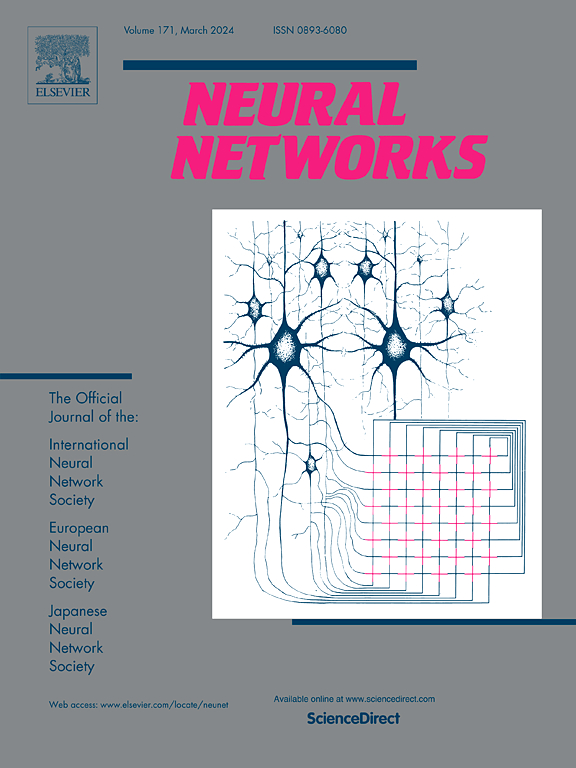用于图像标题的多模式图聚合转换器
IF 6
1区 计算机科学
Q1 COMPUTER SCIENCE, ARTIFICIAL INTELLIGENCE
引用次数: 0
摘要
目前的图像字幕直接对检测到的目标区域进行编码,并识别图像中的物体,从而正确描述图像。然而,由于区域特征无法传达上下文信息,如物体之间的关系,以及缺乏物体谓词级语义,因此充分利用区域特征并不可靠。一个有效的模型应该包含多种模式,并探索它们之间的相互作用,以帮助理解图像。因此,我们引入了多模式图聚合转换器(MMGAT),利用各种图像模式的信息来填补这一空白。它首先将图像表示为由三个子图组成的图,分别描述上下文网格、区域和语义文本模式。然后,我们引入三个聚合器,引导信息从一个图传递到另一个图,以利用不同模式的上下文,从而完善节点的特征。更新后的节点具有更好的图像标题特征。与现有技术相比,我们在 MS-COCO 和 Flickr30k 上分别取得了 144.6% 和 80.3% 的显著性能分数,并进行了严格的分析,以证明我们设计的每个部分的重要性。本文章由计算机程序翻译,如有差异,请以英文原文为准。
Multi-Modal Graph Aggregation Transformer for image captioning
The current image captioning directly encodes the detected target area and recognizes the objects in the image to correctly describe the image. However, it is unreliable to make full use of regional features because they cannot convey contextual information, such as the relationship between objects and the lack of object predicate level semantics. An effective model should contain multiple modes and explore their interactions to help understand the image. Therefore, we introduce the Multi-Modal Graph Aggregation Transformer (MMGAT), which uses the information of various image modes to fill this gap. It first represents an image as a graph consisting of three sub-graphs, depicting context grid, region, and semantic text modalities respectively. Then, we introduce three aggregators that guide message passing from one graph to another to exploit context in different modalities, so as to refine the features of nodes. The updated nodes have better features for image captioning. We show significant performance scores of 144.6% CIDEr on MS-COCO and 80.3% CIDEr on Flickr30k compared to state of the arts, and conduct a rigorous analysis to demonstrate the importance of each part of our design.
求助全文
通过发布文献求助,成功后即可免费获取论文全文。
去求助
来源期刊

Neural Networks
工程技术-计算机:人工智能
CiteScore
13.90
自引率
7.70%
发文量
425
审稿时长
67 days
期刊介绍:
Neural Networks is a platform that aims to foster an international community of scholars and practitioners interested in neural networks, deep learning, and other approaches to artificial intelligence and machine learning. Our journal invites submissions covering various aspects of neural networks research, from computational neuroscience and cognitive modeling to mathematical analyses and engineering applications. By providing a forum for interdisciplinary discussions between biology and technology, we aim to encourage the development of biologically-inspired artificial intelligence.
 求助内容:
求助内容: 应助结果提醒方式:
应助结果提醒方式:


